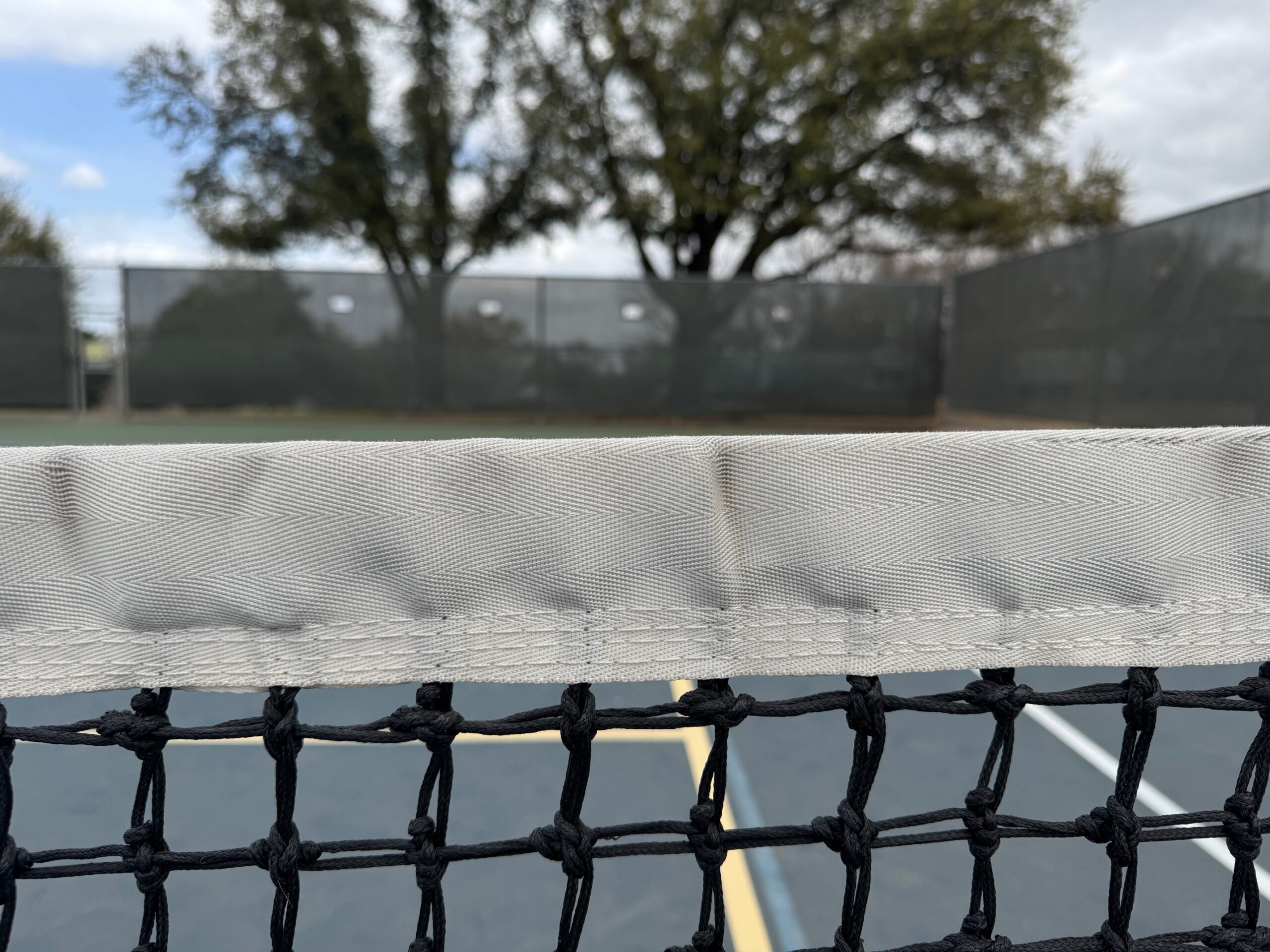Tennis News You Can Use
The International Tennis Federation recently released summary results from a gender equity study that it sponsored. The research was conducted by a third party firm and focused specifically on sports gender equality across the global media. The findings reveal clear differences in the way male and female players are portrayed. That.. shouldn’t surprise anybody.
Men’s tennis media coverage is more focused on the sport and uses combative narrative and terms to describe the competition. In addition, there is a strong sense of history that is currently conveyed in coverage of contemporary men’s tennis. On the other hand, media attention on women’s tennis focuses more on life off the court. That would include topics such as hobbies, health, and family.
The most insightful – and disturbing – part of the report is how unbalanced search engine results are between men’s and women’s tennis. For example, if a person searches for “top 50 tennis players” in google, only 6 women appear in the top 50 search results. The general way the search algorithms work is that pages that get more clicks rise in the rankings. There is limited opportunity for gender balanced content when the options presented from the search engine results are already skewed.
Search Engine Optimization (SEO) is the art of structuring content on the internet in an attempt to drive more traffic to a site. In essence, by ensuring that it appears high on the list of results returned by a search engine. Pulling back the curtain for a moment on my own site, I have paid just enough attention to SEO to annoy me. My own personal observation is that there isn’t enough base content for tennis overall to drive traffic to niches within that category.
The ITF report indicates that more reporting is needed on women’s tennis to produce the baseline data required to improve SEO. It is actually a perfect example of a negative reinforcing loop. A writer that produces great women’s tennis content is unlikely to be rewarded for those efforts because the search engine algorithms will not rank that content very high. In other words, because of the current SEO landscape, there is little incentive for writers to create content for an audience that… according to the search engines… does not exist.
The ITF asserts that there is “a collective responsibility in the media to promote the sport and report on it in a consistent and unbiased way.” I completely agree with that sentiment. However, I would contend that there is not enough reporting on tennis in general. More reporting is needed on tennis, period. While that reporting needs to improve on gender balance, there are plenty of other neglected niches. For example, the way singles coverage completely eclipses doubles.
Professional media organizations have an obligation to their bottom line. They do not owe tennis the kind of coverage that tennis so desperately needs. Those companies are competing for clicks and eyeballs. They aren’t building for a future, but rather fighting for survival in the moment. It is not their mission to build tennis nor fix the current SEO crisis for the sport.
The Fiend At Court project is uniquely positioned. In essence, it is a hobby for me and I have no need or objective to make money off the endeavor. In fact, proceeds above and beyond the basic operating costs of the site are donated. I frequently tell people that I primarily am writing for myself, which is true. This site represents the tennis content I would want to see if I could get someone else to produce it.
If I was trying to make money off Fiend at Court, the project would have most likely been abandoned long ago. SEO doesn’t drive traffic to tennis content, therefore there is no incentive for most outlets to produce and carry it. That is a bad situation not only for women’s tennis, but tennis in general.
- ITF Unveils New Research Into Gender Equality in Sport, International Tennis Federation, 12 April, 2021.
- Exploring Sports Gender Equality in the Media, Ipsos MORI, April 2021.
Key factoids included in the ITF summary of the report are as follows:
- Women’s tennis content is twice as likely to reference a player’s age
- Men’s tennis content is twice as likely to refer to ‘battle’ terminology
- Men’s content is 70% more likely to mention a player’s physical prowess
- G.O.A.T was mentioned 50% more in men’s tennis content than women’s
- There were 40% more references to ‘making history’ in men’s tennis content
- Women’s tennis is over 2x more likely to mention health and medical treatment
- Women’s content is 30% more likely to refer to players’ family
- ‘Career’ is mentioned nearly 50% more in women’s coverage than men’s coverage.
- Women’s content is nearly twice as likely to mention clothing vs men’s content
- There were 11x more mentions of skin colour in women’s tennis
- There were 3x as many mentions of BLM in women’s tennis



